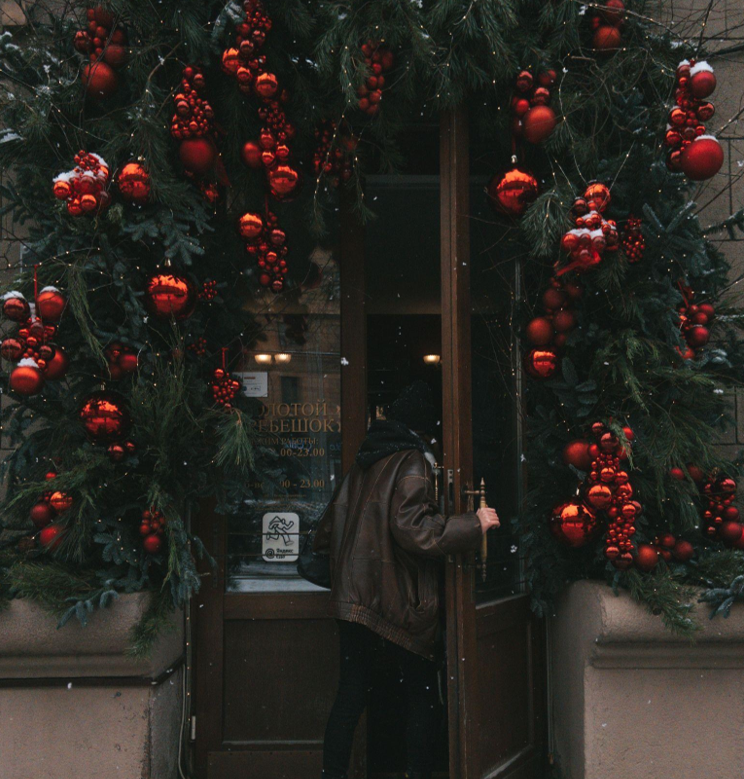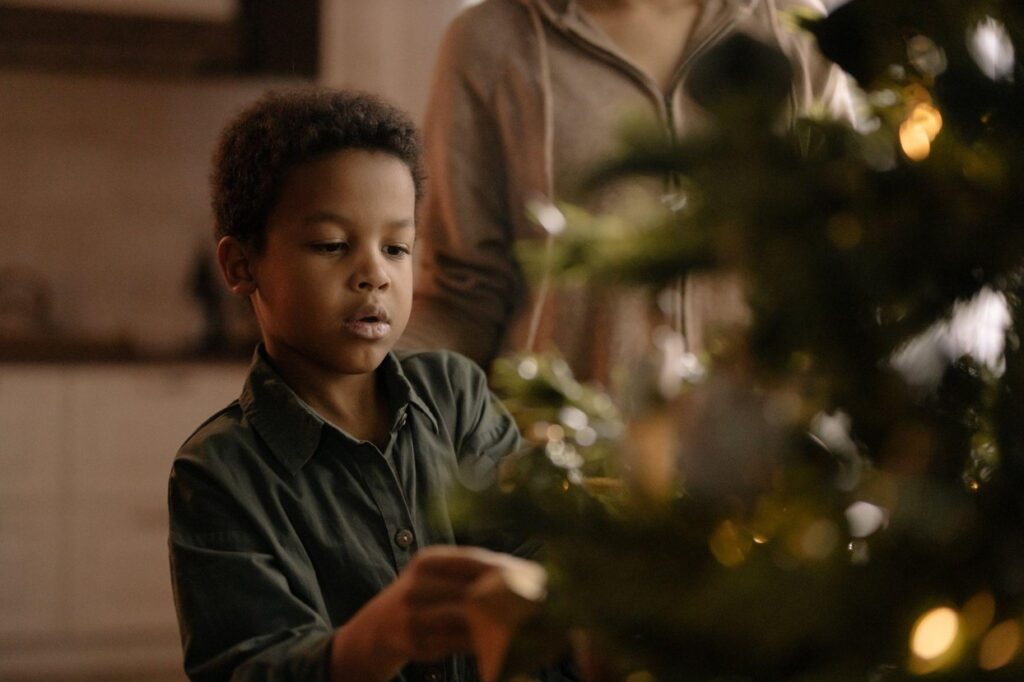
Why Choose a Green Artificial Christmas Tree?
Christmas is just around the corner, and it’s time to start thinking about decorating your home for the festive season. One of the main dilemmas that arise each year is choosing a real or an green artificial Christmas tree. While a traditional Christmas tree’s unique scent and natural beauty are undeniable, the cost and environmental factors make a fake tree a more sensible choice in the long run.
Regarding Christmas trees, environmental and economic concerns are at the forefront of the debate. While natural trees may seem like a more ethical choice, the impact of the Christmas tree industry on forest preservation and waste management must be addressed. In contrast, artificial trees are a sustainable option that can be used for years to come, reducing the amount of waste going to landfills in the long run.
The Cost-Saving Benefits of Choosing a Green Artificial Christmas Tree
Real trees often require a lot of upkeep and care, including regular watering, pruning, and disposal cost, resulting in higher ownership costs, which can add up in the long run. In contrast, artificial trees are a one-time investment that can be reused for years, making them a cost-effective option in the long run.
According to a report by The National Christmas Tree Association (NCTA), the average cost of a real Christmas tree is about $75. In contrast, premium trees can cost upwards of $200, depending on the location and variety. In contrast, a high-quality artificial tree can be purchased for around $150-$200, lasting over a decade with proper care. This means that over time, the cost of a quality artificial tree is significantly lower than that of a natural tree.
Additionally, artificial trees offer a range of benefits that go beyond cost savings. They are also available in various shapes, sizes, and styles to suit home décor preferences. Unlike natural trees, which can only be used for a few weeks before being disposed of, high-quality artificial trees can be used for years, making them an eco-friendly and sustainable option for your home.
Moreover, an artificial tree may be safer than a natural tree. Real trees can sometimes harbor bugs, leading to homes, allergic reactions, or fire hazards. On the other hand, artificial trees are made from material that doesn’t decay, so they are less prone to catching fire and don’t harbor bugs.
Conclusion
In conclusion, while real trees hold a special place in the hearts of many, the cost and environmental benefits of artificial trees cannot be ignored. While real trees require a lot of upkeep and disposal costs in the long run, artificial trees offer a cost-effective, sustainable, and safe alternative that can be used for years. So, this holiday season, consider investing in a high-quality green artificial Christmas tree that can add a touch of elegance and warmth to your home while reducing the amount of waste going to landfills and helping preserve our forests.

